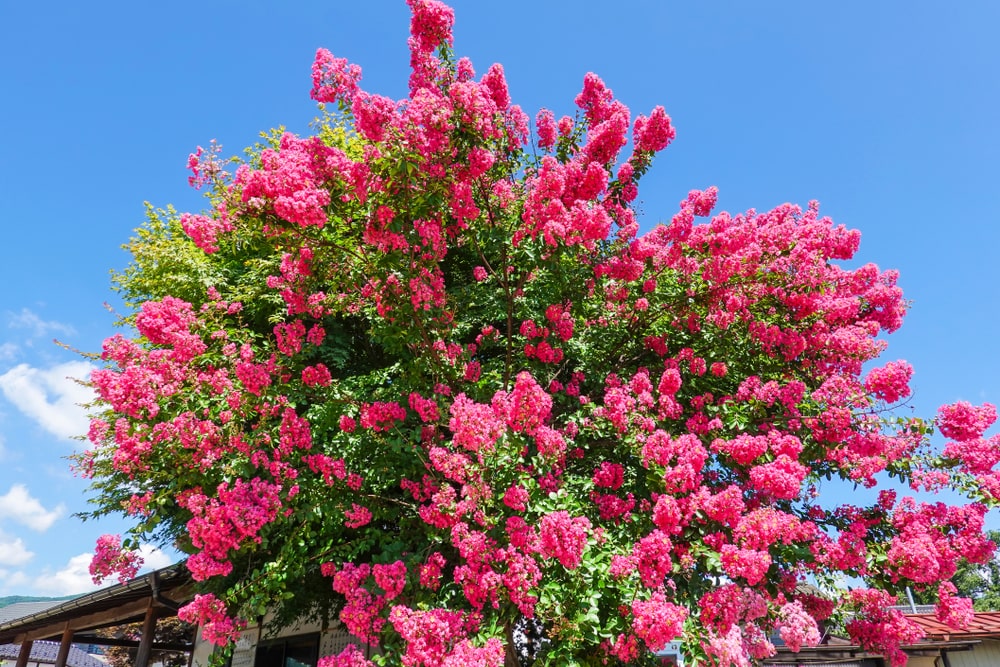In the last couple of weeks I have had a handful of customers come see me with evidence of Crape Myrtle Bark Scale. It doesn’t surprise me that evidence is showing up this early. This is because so many issues are advanced due to our mild winter.
Last year was my first year of experience with Crape Myrtle Bark Scale. I had to do some quick studying on this topic to talk to customers and to know what could be done to control the scale. Interestingly, so many crape myrtles in this immediate area were affected by this insect. I found it fascinating that our Natchez crape myrtle trees seemed not to be affected as much as other varieties of crape myrtle trees. Our neighbor business, across our parking lot, has a red blooming crape myrtle loaded with the scale whereas our Natchez had no evidence. One reason for this discovery is that the Natchez has a sweeter scent to its flower that attracts beneficial insects that seemed to help control the scale.
A scale is a small insect that appears white on the trunk and limbs. The first sign of scale that most homeowners recognize is the black sooty mold on the tree trunk. Sooty mold is a fungal disease that grows on plants that utilizes the “honeydew secretion” from the scale. Sooty mold forms dark patches on the bark and leaves. At least the one good thing with sooty mold is that it is not toxic to animals or humans.
Managing Crape Myrtle Bark Scale Infestation
So, I advise you to go out and inspect your crape myrtle trees. Unfortunately, we missed the best time for control. This would have been sometime in late February. This is the time to apply a systemic soil drench insecticide. With this drench you can get 12 months of control.
But, most homeowners missed this best time. So, what can I do now? The best approach is to hose down the tree with soapy water to remove the black sooty mold. Once you have done this procedure, I recommend spraying the crape myrtle with either Neem Oil or All Seasons Horticultural Oil. These two products will coat and suffocate the scale. One time won’t be enough. Spray your crape myrtles weekly until the infestation goes away.

